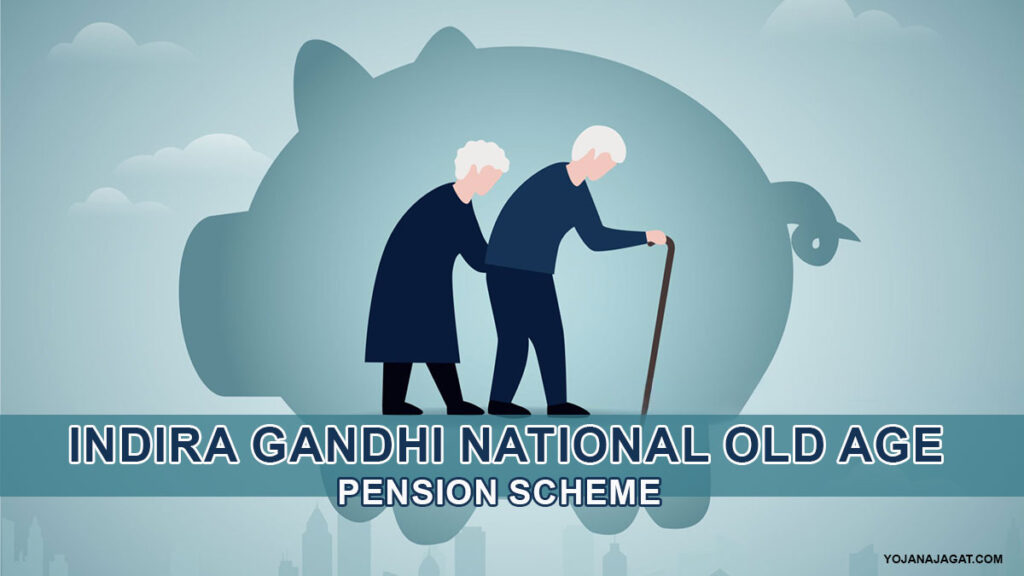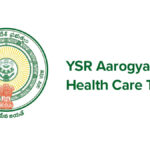As India’s population ages, the government has stepped up to provide crucial support for its senior citizens. The Indira Gandhi National Old Age Pension Scheme (IGNOAPS) is a lifeline for millions of older Indians living below the poverty line. This article will explore the ins and outs of this important social welfare program, from its history and objectives to eligibility criteria and application process.
What is the Indira Gandhi National Old Age Pension Scheme?
The Indira Gandhi National Old Age Pension Scheme is a key component of the National Social Assistance Programme (NSAP), which aims to provide financial support to India’s most vulnerable citizens. Launched on November 19, 2007, IGNOAPS replaced the earlier National Old Age Pension Scheme (NOAPS).
Who Can Benefit from IGNOAPS?
The scheme targets elderly individuals who are struggling financially:
- Age requirement: Applicants must be 60 years or older.
- Income status: Beneficiaries should belong to families living below the poverty line (BPL).
How Much Pension Do Beneficiaries Receive?
The pension amount varies based on the beneficiary’s age and location:
- Ages 60-79: Rs. 200 per month from the central government.
- Ages 80 and above: Rs. 500 per month from the central government.
It’s important to note that many state governments contribute additional funds, which can increase the total pension amount to anywhere between Rs. 200 and Rs. 1000 per month.
How IGNOAPS Differs from Its Predecessor
The shift from NOAPS to IGNOAPS brought some significant changes:
- Age requirement: Lowered from 65 years to 60 years.
- Eligibility criteria: Changed from “destitute” to anyone belonging to a BPL household.
These changes have made the pension more accessible to a larger number of needy seniors.
The Application Process
Applying for the IGNOAPS pension involves several steps:
- Obtain the application form from your local government office.
- Fill out the form and gather necessary documents (proof of age, income certificate, etc.).
- Submit the completed application to the appropriate authority:
- In rural areas: Gram Panchayat or Janpad Panchayat
- In urban areas: Municipal Corporation, Nagar Panchayat, or Nagar Parishad
What Happens After You Apply?
Once you’ve submitted your application, here’s what to expect:
- An inquiry will be conducted to verify your eligibility.
- For Gram Panchayats, the Village Extension Officer (VEO) usually conducts the inquiry.
- In municipalities or corporations, a Revenue Inspector typically handles the verification.
- The inquiry should be completed within 45 days of application submission.
- If approved, you’ll start receiving your pension from the first week of the following month, subject to fund availability.
Appeal Process
If your application is rejected, don’t lose hope. You have the right to appeal:
- Submit an appeal to your district collector within 30 days of receiving the decision.
- The government will review your case and make a final decision.
NSAP and Its Components
IGNOAPS is just one part of the larger National Social Assistance Programme. NSAP includes several other schemes designed to support different vulnerable groups:
- Indira Gandhi National Widow Pension Scheme (IGNWPS)
- Indira Gandhi National Disability Pension Scheme (IGNDPS)
- National Family Benefit Scheme (NFBS)
- Annapurna Scheme
These programs work together to create a safety net for India’s most vulnerable citizens, addressing various aspects of social welfare.
The Impact of IGNOAPS
The Indira Gandhi National Old Age Pension Scheme has had a significant impact on the lives of millions of elderly Indians:
- As of 2024, over 22 million seniors are benefiting from IGNOAPS.
- The scheme has helped reduce extreme poverty among the elderly.
- It provides a basic level of financial security for those who might otherwise have no support.
The Role of Technology in IGNOAPS
In recent years, the Indian government has been leveraging technology to improve the efficiency and transparency of IGNOAPS:
- Aadhaar integration: Linking pensions to Aadhaar numbers helps prevent fraud and ensures benefits reach the intended recipients.
- Direct Benefit Transfer (DBT): This system allows pension payments to be deposited directly into beneficiaries’ bank accounts, reducing delays and potential corruption.
- Online application systems: Some states have implemented online application portals, making it easier for eligible seniors to apply for the pension.
State-Specific Variations
While IGNOAPS is a central government scheme, many states supplement it with their own funds and sometimes additional criteria:
- Maharashtra: Provides an additional Rs. 400 per month under the Shravanbal Seva Rajya Nivrutti vetan Yojana, bringing the total pension to Rs. 600 per month.
- Kerala: Has specific criteria for destitute status and allows elderly individuals with unsupportive children to qualify.
- Odisha: Provides Rs. 500 per month for beneficiaries aged 60-79 and Rs. 700 for those 80 and above.
It’s important for potential beneficiaries to check with their local authorities for state-specific details and additional benefits.
Conclusion
The Indira Gandhi National Old Age Pension Scheme represents a significant step in India’s journey towards becoming a more inclusive and supportive society for its elderly citizens. For those who may be eligible or know someone who could benefit from IGNOAPS, reaching out to local government offices or visiting official websites can be the first step towards accessing this valuable support.






